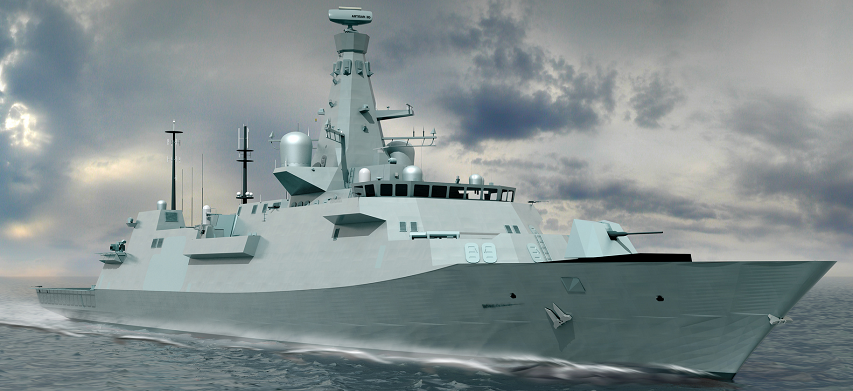Ted Campbell responds to a recent article in Foreign Affairs by Nadia Schadlow:
Dr Schadlow posits that “A new set of assumptions should underpin U.S. foreign policy … [and, concomitantly, the foreign polices of the US led West, including Canada’s, because] … Contrary to the optimistic predictions made in the wake of the Soviet Union’s collapse, widespread political liberalization and the growth of transnational organizations have not tempered rivalries among countries. Likewise, globalization and economic interdependence have not been unalloyed goods; often, they have generated unanticipated inequalities and vulnerabilities [and] although the proliferation of digital technologies has increased productivity and brought other benefits, it has also eroded the U.S. military’s advantages and posed challenges to democratic societies.”
After outlining the rosy assumption made by leaders and policy makers from Richard Nixon through Bill Clinton to Barack Obama ~ assumption which I shared, Nadia Schadlow says that “China had no intention of converging with the West [because] The Chinese Communist Party never intended to play by the West’s rules; it was determined to control markets rather than open them, and it did so by keeping its exchange rate artificially low, providing unfair advantages to state-owned enterprises, and erecting regulatory barriers against non-Chinese companies. Officials in both the George W. Bush and the Obama administrations worried about China’s intentions. But fundamentally, they remained convinced that the United States needed to engage with China to strengthen the rules-based international system and that China’s economic liberalization would ultimately lead to political liberalization. Instead, China has continued to take advantage of economic interdependence to grow its economy and enhance its military, thereby ensuring the long-term strength of the CCP.” Of course, from a Chinese perspective it might, very reasonably, appear that the liberal, US made (in the late 1940s) “rules based international system” was, in fact, designed to strengthen the US economy and enhance its military and ensure America’s long term strength … and that is not, many would say, a totally unreasonable view.
[…]
America’s allies, including Canada, need to step up and help the USA (and India) with the containment of both China and Russia in several regions: in Asia, Africa, the Middle East and Europe, too. Canada is a G-7 nation. It needs to start acting like one.
Australians, Brits, Canadians and Danes need not share Dr Schadlow’s Trumpian view of the world and of Cold War 2.0 to understand that:
- It is here. We are in it, like it or not; and
- Like its predecessor, it can turn hot if we do not manage it with care.
Now, at this time, the conventional wisdom is that foreign and defence policy must take a back seat to beating COVID-19 and restarting the economy. But, the Chinese and the Russians are not putting their plans on hold while they deal with the pandemic. (Maybe that’s why Justin Trudeau admires China’s “basic dictatorship” so much.) They will both be moving ahead with plans that aim to put the US-led West, including Canada, at a disadvantage. Additionally, now is a good time to announce plans to build more new warships ~ two or three large helicopter carriers, another supply ship (for a total of four) 16 major surface combatants (the new Type 26 ships) and a dozen smaller corvettes … can be and politicians should say will be built here in Canada, by Canadian workers. Defence related projects, when well conceived and directed, can be great long-term job creators. Canada can do both: speed up our recovery from the pandemic and strengthen our global position by making defence procurement a priority for the recovery.




